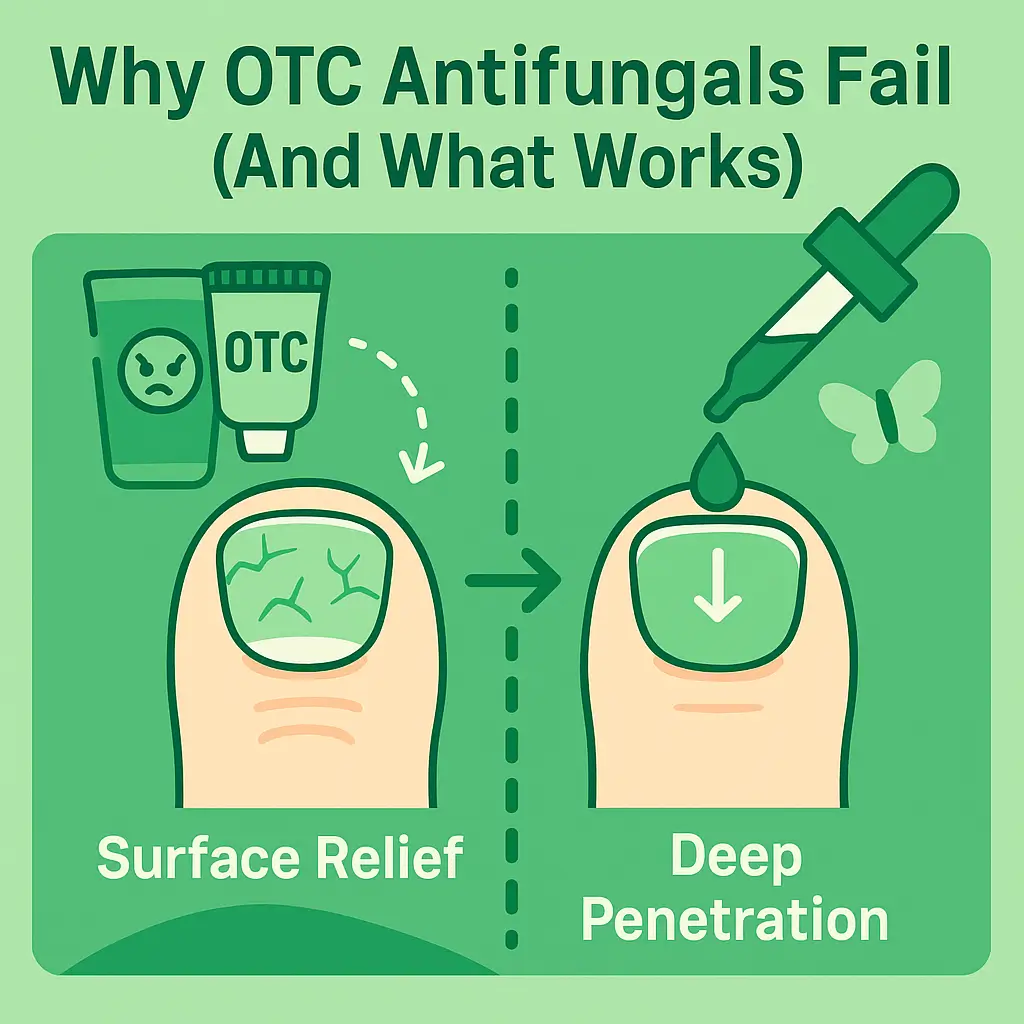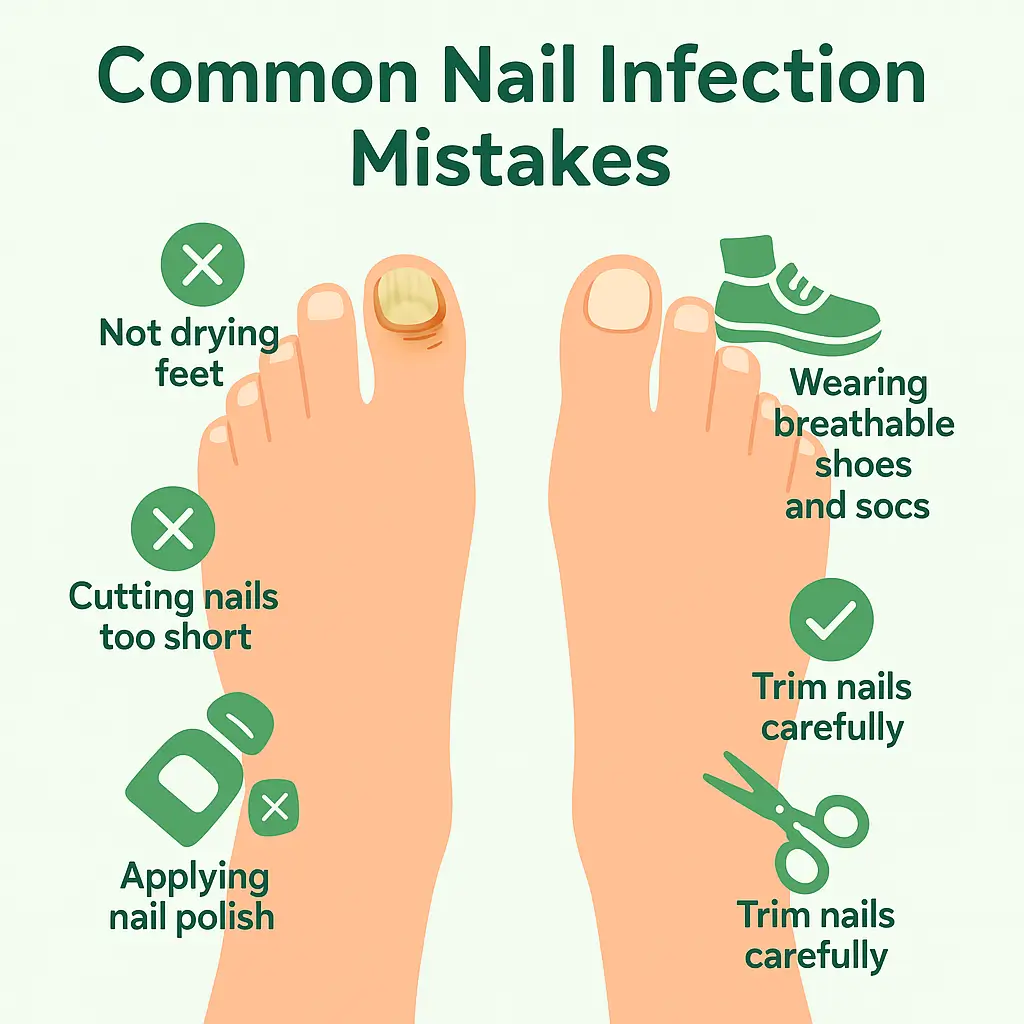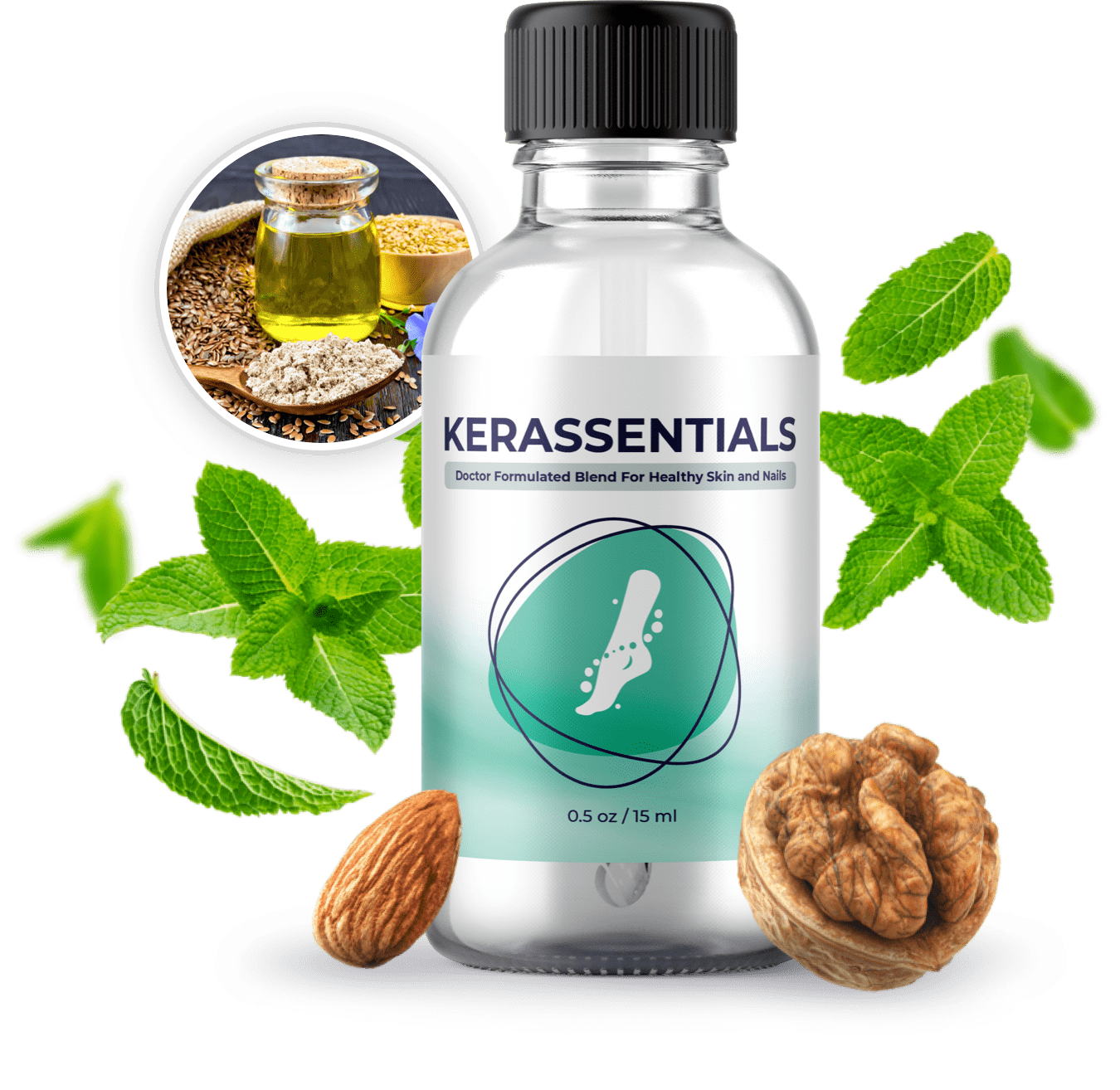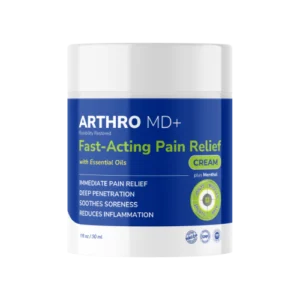Why Over-the-Counter Antifungals Often Fail (And What Actually Works)
If you’ve ever dealt with a stubborn nail fungus, chances are you’ve reached for an over-the-counter antifungal treatment at some point. It seems like the logical first step — easy, affordable, and available at your local pharmacy. But here’s the truth: over-the-counter antifungals often don’t deliver lasting results.
Let’s explore why these treatments frequently fail and what actually works when it comes to getting rid of fungal nail infections for good.
🧪 The Problem with Over-the-Counter Antifungals
Most over-the-counter antifungal creams, sprays, and lacquers are designed to treat surface-level infections. The problem? Nail fungus rarely stays on the surface.
Once the fungus penetrates the nail bed or becomes embedded under thickened nails, these topical treatments can’t reach the root of the problem. Many users apply the product consistently for weeks or even months — only to see minimal improvement or full relapse.
📉 Limited Penetration = Limited Effectiveness
Toenails are dense, and fungal infections often occur beneath them. Most OTC products struggle to penetrate deeply enough to eliminate the infection. This is one of the biggest limitations of traditional creams and lacquers.
Without proper penetration:
- The fungus continues to grow unchecked beneath the surface.
- Treatment appears to work temporarily, only for symptoms to return.
- The nail becomes more damaged and harder to treat over time.
🕒 Short-Term Relief, Long-Term Frustration
Another issue is that over-the-counter antifungals are often designed for mild infections — not stubborn or recurring ones. Users often expect fast results and stop treatment early when symptoms seem to improve. But the fungus remains active under the nail, and relapse becomes inevitable.
Many people also don’t follow up treatment with preventative care, allowing the perfect environment for reinfection.
🔁 Antifungal Resistance and Misuse
Just like with antibiotics, fungi can develop resistance to certain antifungal compounds. Frequent, incomplete, or improper use of OTC antifungals may reduce their effectiveness over time.
Key mistakes that promote resistance include:
- Not using the product long enough
- Skipping applications
- Using expired or poorly stored products
- Treating only the visible part of the nail
Once resistance sets in, even prescription treatments can struggle to be effective.
🦶 What Actually Works for Nail Fungus?
While OTC treatments can help in mild cases, deeper or recurring infections need a more comprehensive approach. Here’s what makes a difference:
1. Consistent Treatment Over Time
Nail fungus grows slowly and dies slowly. Any effective treatment requires patience — often several months of consistent use. Look for products that are designed for daily application and offer guidance for long-term care.
2. Total Nail and Skin Support
Effective solutions address the entire environment around the infection — not just the nail. This includes:
- Skin hydration
- Immune support
- Microbial balance
- Nail strength and regrowth
3. Oil-Based or Carrier Formulas
Oils penetrate deeper into nail beds and cuticles than water-based products. That’s why many newer solutions include essential oil or lipid-based carriers to ensure deep delivery of active compounds.
4. Natural Remedies With Proven Results
Some natural formulations combine antifungal, antibacterial, and nourishing properties. These tend to be better tolerated than synthetic options and promote long-term nail health.
One popular option is a solution that not only treats fungus externally but also enhances skin and nail health — addressing multiple aspects of the problem at once.
✅ Want to know what actually works?
Discover a solution that goes beyond short-term relief.
👉 Read the Full Kerassentials Review
🧭 Final Thoughts
Over-the-counter antifungals aren’t necessarily useless — but they often fall short for real, lasting results. They’re great for minor issues but rarely penetrate deep enough to treat more stubborn infections.
For those seeking a long-term solution, it’s worth considering treatments that go beyond surface symptoms — supporting the body, the skin, and the nail environment as a whole.
Ready to find out what actually works?
Read next: 👉 Kerassentials Review – The Natural Solution for Nail Fungus













Post Comment